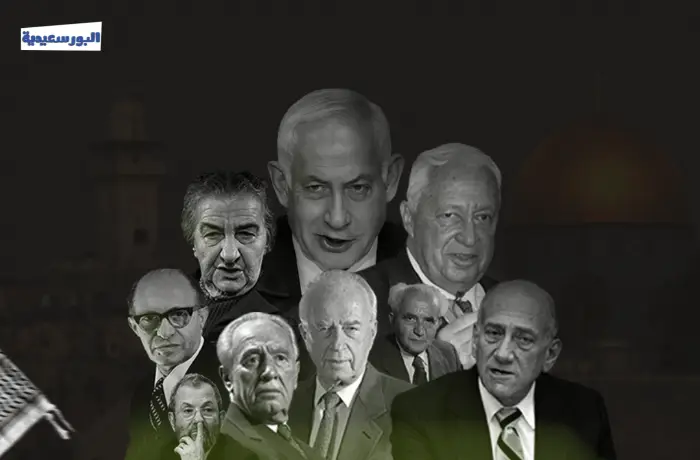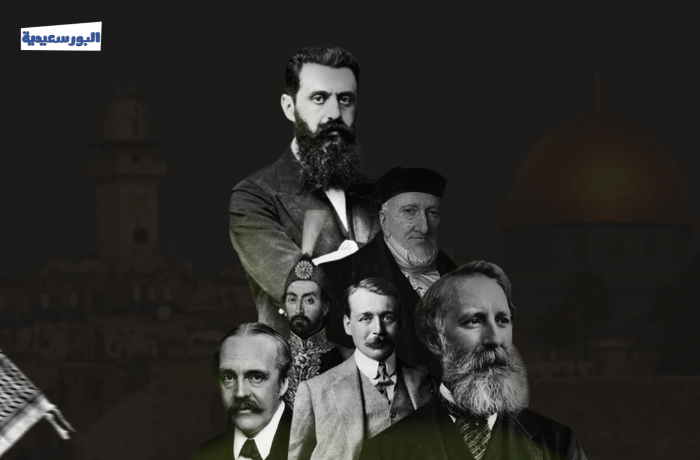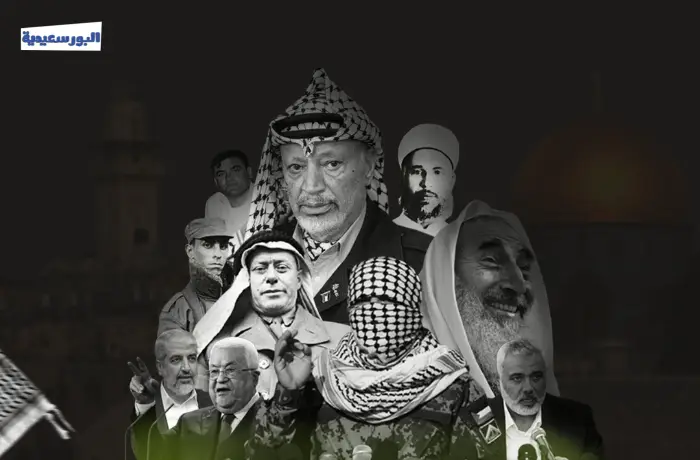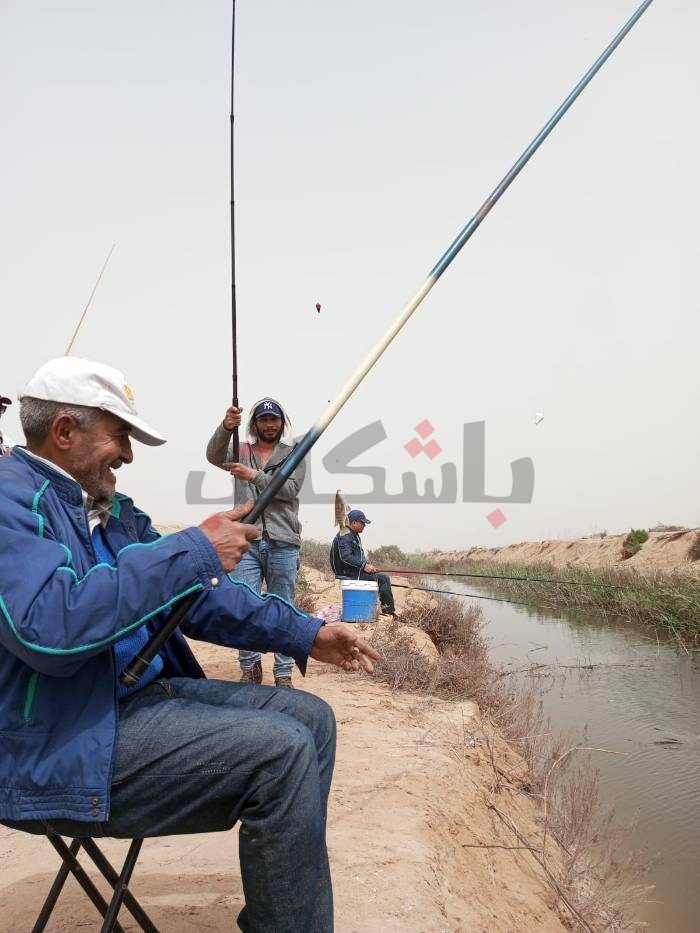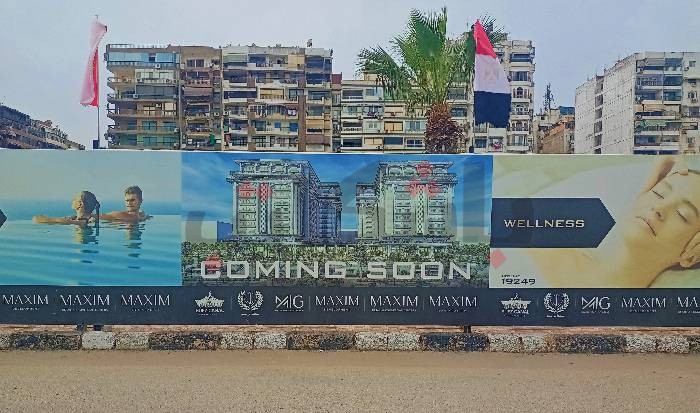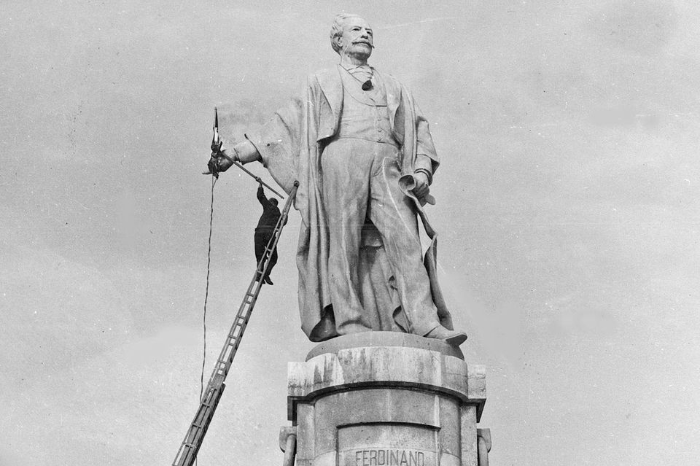Many academics divide any story into segments; a beginning, which we went through in episode one with Montefiore Settlement, then time and place, which we defined starting the century before last, passing through the British mandate over Palestine, reaching to dividing and occupying the land.
We discussed the characters of this historical conflict and the climax of its events in episode two of the “Resistance” story, and the extent of its legitimacy.
We addressed all these elements in the previous two episodes, yet the story of the Palestinian resistance which the international laws, treaties, and conventions gave it its legality, and the occupation that was described by the international institutions as the occupying entity, the story still hasn’t finished yet.
Such epic of resistance is still going on and the Palestinian wounds are not healed yet, that’s why the last episode will look into the use of such laws and treaties, which have always kept the Israeli occupation above the law.
…
War has laws known in the international humanitarian law as “Geneva Conventions”, which consists of a group of four international agreements, the first was held in 1864 and the last in 1949, handling protection of basic human right in wars, defining the permissible and forbidden in armed conflicts.
The conventions fundamentally aim at offering protection for civilians and preserving some humanity in the armed conflicts, while saving lives and relieving suffering.
The Interactive Encyclopaedia of the Palestine Question conceived by the Institute for Palestine Studies points out that the period between 1947 and 1949 is the most decisive in the modern history of Palestine; it witnessed the start of the military operations and ethnic cleansing after Britian referred the Palestinian issue to the United Nations in April 1947 that decided to divide the county. Following this, the Zionist forces launched a monstrous attack and stolen more land crossing the specified division lines, destroying whole Palestinian villages and cities, emptying them from their owner turning most of them into refugees.
After that, the Israeli occupation publicly agreed on the division lines, whereas the Arab countries and the Arab Higher Committee, which used to serve as the actual Palestinian leadership rejected this, leading to the eruption of war between the Arabs and Jews in Palestine immediately after the United Nations voted on division in 1948.
The attacking Zionist forces seized many major cities, such as Jaffa, Haifa, and Tiberias, let alone vast areas of Arab countries that were proposed in the division decision. In Galilee, tens of thousands of Palestinians were forced to flee from the attacking forces to the neighbouring countries after hearing of the atrocities and massacres committed by the Zionist gangs, like what happened in Deir Yassin, when the paramilitary occupation forces killed more than 100 Palestinian villagers, according to the encyclopaedia.
The United Nations General Assembly criminalised the genocide on 9thDecember 1948, and the law was applied on 12thJanuary 1951, according to the International Committee of the Red Cross.
However, this did not affect the plans for occupying the Palestinian villages and cities and expelling their inhabitants; in July 1948, one of the biggest massacres that marked the Palestine War took place in Lydda and Ramla cities, and what is note-worthy was that it took place on two stages: the first upon occupying the cities, and the second during the mass expulsion of the people, making it one of the largest ethnic cleansing operations carried out by the occupation.
Lydda lies in the in the southeast of Jaffa and northeast of Ramla, it was characterised by having a railway and train station and was considered the most important train stop after Jaffa, its population was estimated by 18,250 people in 1946, there were no Jews living there.
The Israelis occupied the villages surrounding Lydda in the north and east fronts, in addition to the International Lydda Airport, and thus managed to connect with their forces in the neighbouring settlements.
On the eve of the attack on Lydda and Ramla, the occupation aircrafts launched intense raids on the two towns while the people were breaking their fast in the Hole month of Ramadan, killing and wounding tens of them, the city hospital was crowded with the wounded, and while doctors, nurses, and other workers were engaged in aiding the wounded, the city men worked on building barricades and defence lines refusing the mere idea of surrendering.
On the first day of the attack, the occupation started marching towards Lydda from the eastern side at Daniel village, and the defenders managed to repel the attack after a fierce battle.
Despite the severe losses the defenders inflicted on the enemy forces, their small numbers enabled the occupation to launch a new attack supported by armoured vehicles, and managed to invade the town in the evening.
On the second day of the attack, the occupation took over the city, the soldiers started throwing hand grenades inside the houses claiming there were snipers there; the thing that made the residents leave their houses panicking trying to flee while the soldiers shooting at them while they were trying to escape.
At that time, one of the reporters witnessing the events, said that the bodies of men, women, and children were piled in the streets and remained under the sun more than 10 days. As for those who took shelter inside Dahmash Mosque, the occupation soldiers shoot them killing tens. Deaths inside the city were estimated to be over 400 people.
Lydda mass murdering was not confined only to random killings and the mosque massacre, the occupation expelled all of Lydda inhabitants and the neighbouring towns including Ramla, estimated by 70 thousand people, forcing them to leave the town in half an hour and take bumpy unpaved roads to Ramallah. Hundreds died on the road of thirst, dehydration, and fatigue as this exodus journey was out of a nightmare, according to the Israeli historian Benny Morris.
The Interactive Encyclopaedia clarifies that by 1949, the division lines proposed by the UN was irrelevant, for the occupation forces took over 77% of Palestine in 1948 and devoured vast areas that were supposed to be Arab State of Palestine. And as for the rest of the country, Egypt controlled Gaza, whereas the Jordanian and Iraqi forces controlled the West Bank and eastern of Jerusalem.
Article 33 of the Fourth Geneva Convention for the Protection of Civilians does not permit punishing any person for a crime they have not personally committed, and it prohibits collective punishments as well as measures of terrorism and intimidation. It prohibits any vindictive actions against protected people and their properties. The actions of the Israeli occupation violated Article 53 of the Fourth Geneva Convention which stipulates the prohibition of destroying any private, immovable or movable property belonging to individuals, groups, the state, or public authorities.
The year 1956 witnessed three massacres, the first was Kafr Qasim massacre in October, resulting in the martyrdom of 49 Palestinian civilians. Khan Yunis massacre took place in November, resulting in the martyrdom of 250 Palestinian civilians, and in the same month 111 Palestinian civilians were martyred as a result of Rafah massacre, according to the Interactive Encyclopaedia of the Palestine.
In 1990, just before the occupation celebrated Sukkot holiday, an extremist Jewish groups called Temple Mount Faithful distributed a statement to the media, announcing its intent on organising a march to Temple Mount- as they call it- to lay the foundation stone for the so-called Third Temple inside Al-Aqsa Mosque; this idea comes from the Jewish belief that the temple exists under Al-Aqsa Mosque, and that the temple was destroyed twice in history, that’s why they say that this is the third temple.
In order to stop this, thousands of Muslim worshippers staged a sit-in inside the mosque and its courtyards, and once the Jewish settlers broke in the mosque, the worshippers hurried to stop them from executing their plans; however, the Israeli occupation forces interfered and showered the worshippers with rains of bullets resulting in the First Aqsa massacre, 21 Palestinians were martyred, 150 wounded, and 270 arrested. The movement of ambulances was obstructed, and some doctors and nurses were injured while performing their duty. The dead and wounded were not evacuated until 6 hours after the beginning of the massacre.
The occupation resumed its atrocities and the second Aqsa massacre took place in 1996; following violent clashes between Palestinians and Palestinian Police against the occupation forces all over Palestine, defending the Al-Aqsa Holy Mosque after the occupation opened the tunnel adjacent to the western wall of Al-Aqsa Mosque, resulting in the martyrdom of 51 Palestinians and injury of 300.
It was the year 2000 when the third Aqsa massacre took place as a result of a visit by former occupation Prime Minister Ariel Sharon to Al-Aqsa Mosque; the Palestinians tried to stop him, so the occupation soldiers retaliated the next day during Jum'ah (Friday) Prayer by opening fire at the worshippers. The confrontation between the worshippers and occupation soldiers in Al-Aqsa courtyard resulted in a massacre that left 250 Palestinians dead and wounded.
International humanitarian law protects medical care providers, clergymen, relief and civil defence workers, hospital and school facilities, and civilians, in accordance with an Additional Protocol to the Geneva Conventions adopted in 1977 including most of the “rules” related to civilian protection. The main principles in it are divided into two groups of rules, the first focuses on respecting the human dignity and life and humane treatment, including prohibiting execution and torture operations. The second one addressed the genocide, meaning any act committed with the intent to destroy, in whole or in part, a national, ethnic, racial, or religious group, such as killing members of the group and inflicting serious physical or mental harm on members of the group, and forcing a certain living condition on the group with the intent of physically destroying it, wholly or partially, in addition to imposing measures aimed at preventing the birth of children within the group, and forcibly transferring children from a group to another one.
Article Three of the law punishes genocide, or conspiring to commit it, or to directly and publicly enticing to commit it, or the attempt to commit it, or participating in it.
The occupation threw the international law and human rights law into the gutter, flouting all international treaties and agreements, as given the content of the international Geneva Conventions, especially the Convention for the Protection of the Civilian Population, there are no procedures to be taken to stop such violations.
Now, over 49 days since 7th October, the occupation continues its crimes; according to the Palestinian Ministry of Health, the number of Palestinian victims in Gaza Strip has reached more than 16 thousand as of writing these lines, in addition to demolition its infrastructure that was already suffering as a result of the continuous bombardment by the occupation over the years. The air raids also led to the displacement of most of Gaza Strip inhabitants; 2.2 million people.
The bombing extended to include cutting off water, electricity, and fuel supplies as well, imposing complete darkness all over Gaza, which was used to have electricity for only 3 or 4 hours a day. The medical facilities and hospitals are out of service, rendering medical teams unable to provide assistance to more than 35,000 injured people.
The occupation forces couldn’t have enough of intentionally killing and starving defenceless civilians in Gaza, but pushes them since day one of escalating their operations to forcibly leave their homes and emptying Gaza Strip from its residents.
According to the United Nations Office for the Coordination of Humanitarian Affairs (OCHA), numbers of Palestinians displaced inside the densely populated Gaza, and those expelled from their homes as a result of their demolition, has reached approximately 1.5 million people. This number increased from 123,538 on 8th October 2023, due to the outbreak of confrontations, to 1.5 million by 4th November.
According to the State Information Service and the Palestinian Central Bureau of Statistics, the number of Palestinian and Arab martyrs since Nakba in 1948 has reached about 100,000 martyrs, taking into consideration that 2014 was the most violent with 2,240 martyrs among them 2,181 from Gaza Strip only. These numbers do not include the victims resulting from Al-Aqsa Flood operation on 7th October 2023, as the occupation forces killed more than 16 thousand people, Mai Al-Kaila, the Palestinian Minister of Health.
The Israeli occupation prisons held 4,500 prisoners by the end of the 2020, including 140 children, in addition to 41 female prisoners, including 12 mothers. As for the number of arrests during 2020, they reached about 4,634, including 543 children and 128 women.
Data also indicates that there are 570 prisoners serving life sentences, and 650 administrative detainees. The occupation arrested more than 700 sick people and six members of the Legislative Council, in addition to the presence of 25 prisoners arrested before the Oslo Accords in 1993 and are still inside the occupation prisons.
Data also shows that martyred prisoners have reached 226 since 1967 due to torture, deliberate killing after arrest, or medical negligence. Also, 103 prisoners were martyred since 2000. The year 2007 witnessed the highest rate of martyrs of prisoners inside the occupation prisons, as seven prisoners died, five of them were victims of medical negligence.
